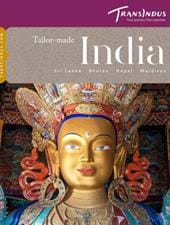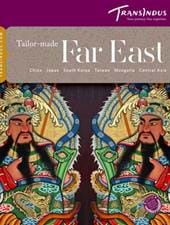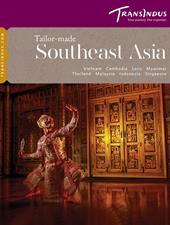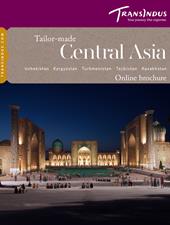Tucked away in the heart of Higashiyama old town on the eastern side of Kyoto, the Kodai-ji temple is sufficiently off track to remain serene even in high season. A Zen gravel garden leads to the diminutive shrine, which was founded 400 years ago in memory of Toyotomi Hideyoshi, one of the leading historical figures in the country’s Unification. With its exquisitely painted 'fusama' sliding-screen doors, tatami bamboo mats and faded ceiling murals, the building’s interior is wonderfully redolent of old Japan.
This, however, is just the first part of a truly immersive experience. At the back of the temple is hidden a meticulously sculpted Japanese garden designed by artist and aristocrat, Enshu Kobori. A path slopes gently through it to the 16th-century 'chashitsu', or teahouse, designed by tea master Sen-no-Rikyu, whose principles of 'wabi-cha' (which roughly translates as 'beautifully simple tea') are still adhered to today.
On arrival, a Japanese-speaking tea ceremony host and English-speaking translator welcome guests into the humble, sparsely appointed teahouse, with its tatami floors and 'tokonoma' alcove featuring a hanging scroll and flower arrangement. One of the principles of wabi-cha is honesty of self, so there is no need to stand (or more accurately, sit) on ceremony. At one time visitors were required to sit in the kneeling 'seiza' position, but concessions have been made to older, stiff-jointed tea enthusiasts, and the practice has thankfully been relaxed!
During the hour-long ceremony, guests learn how tea is grown and made, the customs and etiquette of traditional tea serving, and the age-old relationship between tea masters and the esteemed pottery and ceramics workshops in Kyoto. At the end, guests walk through a small bamboo grove – the perfect way to carry the Zen ethos back into the heart of the city.
In short, a visit to Kodai-ji offers a rare and memorable way to experience a quintessentially Japanese mindset in an authentic setting.








